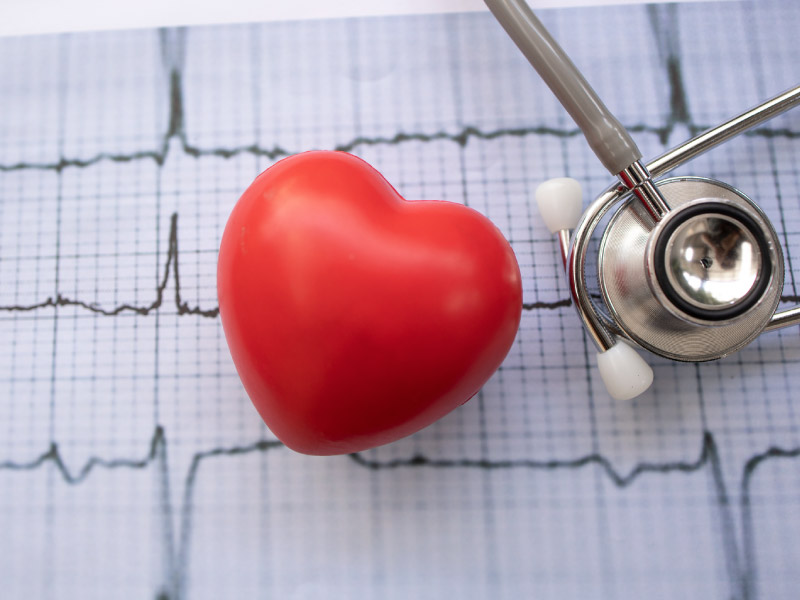Deaths related to irregular heart rhythm may be rising, especially among younger people
By Thor Christensen, American Heart Association News

Deaths related to atrial fibrillation appear to be on the rise, especially among younger adults, a new study suggests.
Atrial fibrillation – often called AFib – is an irregular heartbeat that sometimes leads to blood clots, stroke, heart failure and other cardiovascular complications. The condition is increasingly common, with an estimated 12.1 million people in the U.S. expected to have it in 2030.
The study, published Thursday in the Journal of the American Heart Association, used data from the Centers for Disease Control and Prevention. Researchers focused on 276,373 people ages 35 to 84 who died between 2011 and 2018 from cardiovascular disease related to AFib.
After adjusting for age, researchers found about four additional AFib-related deaths per 100,000 people in the U.S. population in 2018 compared to 2011 – 22.3 deaths per 100,000 versus 18 deaths. Breaking it down by age, they learned the increase per year was greater among those 35 to 64 – 7.4% – compared to 3% among those 65 to 84.
Dr. Yoshihiro Tanaka, the study's lead author, said the research did not prove AFib was causing more deaths, only that "it could be contributing to the increase."
He said the study was limited by possible misclassifications in the cause of death and a lack of data about when people were diagnosed with AFib, how long they had it and if they were treated for it.
Still, the findings are troubling, especially the rising AFib-related death rate for younger adults ages 35-64, said Tanaka, a cardiologist and researcher at Northwestern University in Chicago.
He also pointed out a disparity among younger Black men and women, whose AFib-related death rates accelerated at a greater pace compared to their white counterparts.
"Prevention and treatment are very important," Tanaka said, as well as more education about AFib and easier access to care "to encourage younger and vulnerable populations to get treatment, possibly for free or at discounted prices."
He'd like to conduct future studies to see if smartwatches and other wearable devices might improve early detection of AFib and reduce death rates.
Dr. Rakesh Gopinathannair, a cardiologist who specializes in arrhythmias at Kansas City Heart Rhythm Institute in Missouri, said the study comes at an important time, as the condition is becoming more prevalent.
"Ten years ago, atrial fibrillation was predominantly a disease of the old. Now I'm seeing more people in their 30s who have it," he said.
Gopinathannair, who was not involved in the study, said the findings underscore the importance of early detection of AFib and what's known as "the four pillars" of managing the condition: taking an anticoagulant to prevent blood clots; controlling the heart rate; controlling the heart rhythm with medication or medical procedures; and lifestyle modifications to control risk factors.
"Atrial fibrillation is as much a lifestyle problem as it is a cardiac problem," Gopinathannair said.
Recommended lifestyle changes include maintaining healthy blood pressure and cholesterol levels, stopping smoking, exercising regularly, eating a healthy diet, drinking alcohol only in moderation and maintaining a healthy weight.
The study is a call for patients, even those in their late 30s, to ask themselves how to become healthier, Gopinathannair said. "Because if you do the simple stuff, it not only helps with atrial fibrillation, it also helps reduce your risk of diabetes and heart disease as a whole. By getting healthy, you're killing multiple birds with one stone."
If you have questions or comments about this story, please email [email protected].





